Poachers, illegal loggers, and the like weigh their potential gain against the risk and price of being caught. By catching them red-handedly, all evidence is present for conviction. Raising the chance of being caught, discourages poachers. But how can we increase the chance of apprehension?
Approaching the problem from an information, knowledge and expertise coordination angle, we identified 6 gaps that have to be bridged in order to be successful. Through advice and hands-on help, SensingClues helps you to bridge these gaps.
1: the alerting gap
When did you learn about the threat? And when did it actually start? Knowing what is happening and when it is happening is crucial for catching poachers in the act. Our human senses are very localised and restricted to seeing, hearing, feeling, tasting, and smelling. Technological sensors can do all that. In addition, they perform 24/7 and extend senses to ranges that cannot be heard, seen or perceived by our human senses.
Sensor-technology challenges are manifold, but solvable. First, you have to know what discriminates poaching behaviour from other forms of human behaviour. Second, you have to think about clever ways to detect them: what sensor can be used, where should they be positioned. And third, you have to make the sensor-data available in real-time. In remote areas this can be quite difficult. The sensors have to be connected to the web, self-supporting in energy, and robuust enough to withstand its environment. More and more promising examples become available (e.g. chainsaw and tresh-passing detection).
SensingClues believes that no-one can stop the ongoing slaughter of precious species alone. If we want to be effective, we must collaborate. It’s time to join forces! Hence, we work with a wide range of partners to make technologies available and affordable to protectors all over the world. To stimulate collaboration we are developing the SensingClues Cloud Services Suite – SCCSS (pronounced as ‘success’), thus avoiding that users have to acquire, install, learn, and maintain a multitude of systems.
2: the intelligence gap
Intelligence is actionable information that gives you the edge over your opponent. Intelligence enables you to out-smart poachers. The question is: how good are you at collecting data? in using it to create intelligence? and in leveraging it to the rangers and other protectors in the field? With divers data sources, formats, forms of ownerships, etc., this question is not easily solved.
To integrate, handle, analyse, and leverage the information we are developing an interactive real-time intelligence tool, FOCUS. By structuring 5 key-elements of data that inform action, the tool helps to focus on what is important to start and coordinate a fast response.
FOCUS is especially designed for fast-response professionals and does not require statistical or technological skills, as is often the case in business intelligence software. It also allows for distributed access and collaboration, as may be expected from a net-centric solution.
3: the action repertoire gap
Responding to a threat may be very complicated when the poachers are larger in numbers, armed, and dangerous. Or if they are simply out of reach due to the distance that has to be bridged. Working together with non-professional first-responders is delicate, but possible. This may start by asking people in the area to function as “eyes and ears” of law enforcers. But other tasks such as scaring away animals or creating blockages are within reach.
SensingClues has developed the SCUM-method to explore effective strategies involving multiple partners.
4: the response-time gap
Poachers preferably work when protectors are far away or off-duty. The time needed to formulate an appropriate response and mount an operation, is used by poachers to escape. Thus, a short response-time is critical.
Based on the principles of net-centric organising, SensingClues provides hand-on advise to decrease the response-time gap.
5: the evidence gap
Often poachers are gone by the time rangers arrive at the scene. But they seldom left without a trace. Knowing how to approach a poaching site safely, and to gather and preserve forensic evidence that may later be used in court, is critical.
Through our network of law enforcement professionals we can organise “art of inspection” workshops and provide field training to rangers.
6: the technology gap
Technology is a sine-que-none factor in developing effective poaching solutions. Without proper technology, such as sensors, drones, information and communication technology, and coordination technologies, protectors make no chance to beat poachers. The challenge is the last mile. That is, from the internet and office environment to the user in the field: point-to-point real-time interaction, while all points are moving from one place to another.
It’s our strength and pride to help our partners to bridge that last mile.











